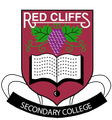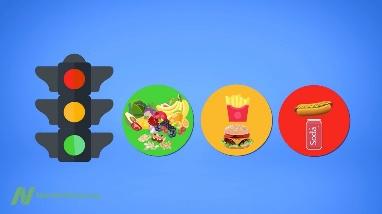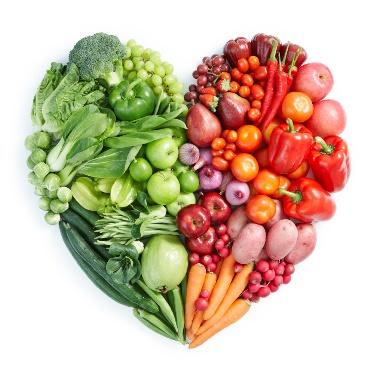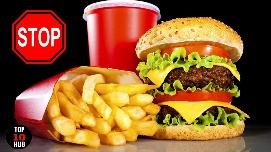Healthy Eating
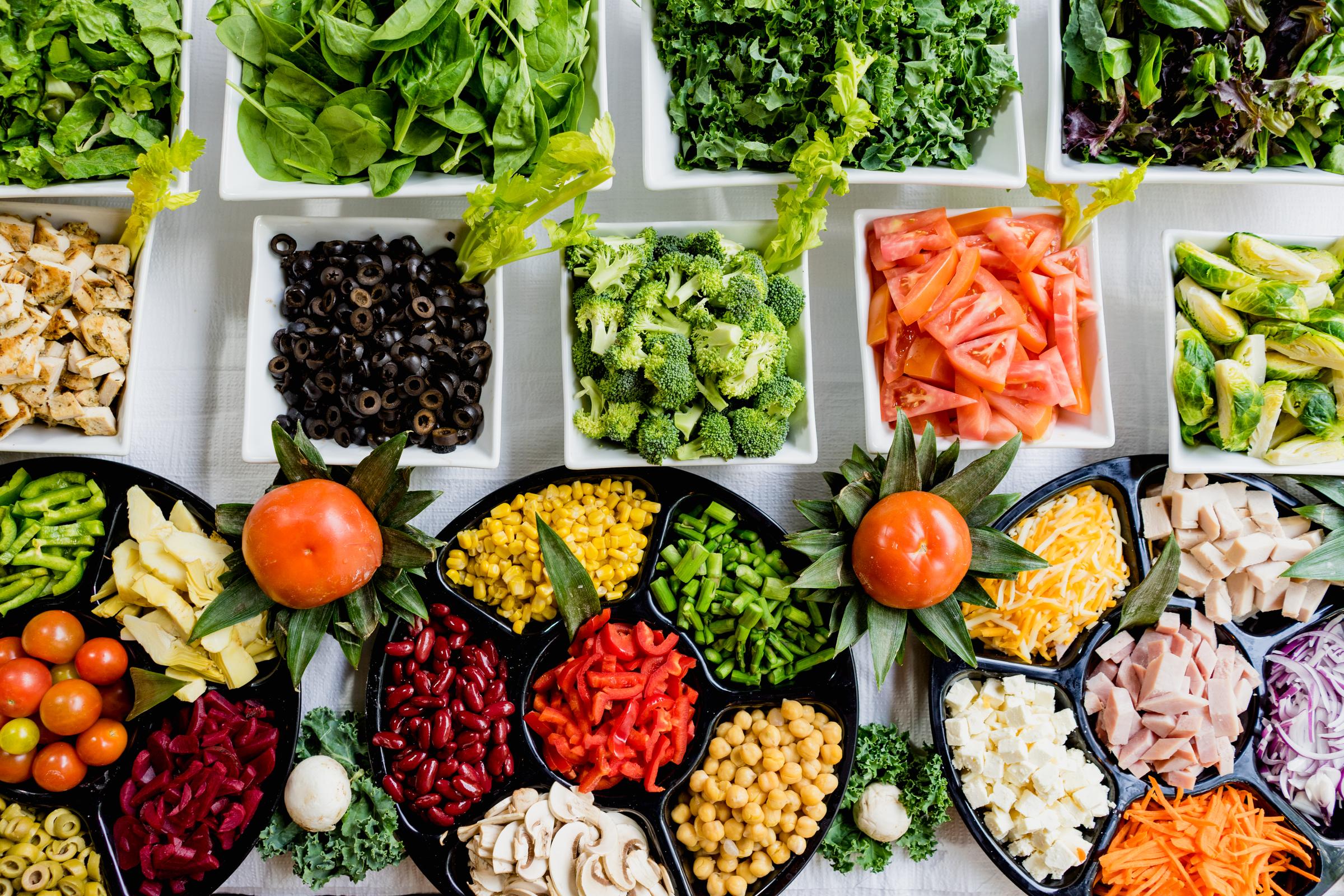
The Traffic Light System for healthy food choices
To help make healthy food choices easier, we can put foods and drinks into three groups, using a traffic light system. Foods are not “good” or “bad”, but should be thought of as “everyday” (green), “choose carefully” (amber) and “occasional” (red).
The Green Everyday category – these are the best choices
Foods and drinks in the green group are the healthiest choices. They are usually:
- good sources of important nutrients
- lower in saturated fat, added sugar and/or salt
- lower in energy (kilojoules)
- higher in fibre.
Foods and drinks in the green group are based on the basic food groups and include:
- breads and cereals, rice, pasta, noodles
- vegetables
- fruits
- dairy foods – reduced or low-fat milk, yoghurt and cheese
- lean meat and poultry, fish, eggs, nuts* and legumes (dried beans and lentils)
- water.
Green Everyday foods and drinks should always be available and are the best choices.
The Amber Choose Carefully category
Amber Choose Carefully foods and drinks should be used carefully and should only be eaten in moderation. Although Amber Choose carefully foods may give some good nutrients they can:
- lead you to take in too much energy (kilojoules)
- contain saturated fat, added sugar and/or salt.
They are mainly processed foods that have fat, sugar or salt added.
Foods and drinks in the Amber Choose Carefully group include:
- full-fat dairy foods, low-fat ice-cream
- 100 per cent fruit juices and 100 per cent fruit-juice based ices
- artificially sweetened drinks
- reduced-fat processed meats
- commercially prepared hot foods
- reduced-fat, high-fibre snack foods
- margarine, oils, spreads, sauces and gravies.
Amber Choose Carefully foods and drinks may be included, but should not overshadow Green Everyday foods.
The Red Occasional category
Foods and drinks in the Red Occasional group are not essential. If they are eaten too often, or in large amounts, they can lead to weight gain and chronic diseases.
In general Red Occasional choices are:
- high in energy (kilojoules)
- high in saturated fat, added sugar and/or salt
- low in important nutrients such as fibre.
Foods and drinks in this group are ‘extra foods’ that are not necessary and include:
- sports drinks, cordial, fruit-flavoured drinks
- deep-fried foods
- pastry-based or crumbed hot foods
- crisps, chips, biscuits
- chocolate-coated and premium ice-creams, icy-poles and ice crushes
- cakes, muffins, sweet pastries, slices, biscuits and bars.
Red Occasional foods and drinks should be used rarely and only in small amounts.
Reference: www.education.vic.gov.au
